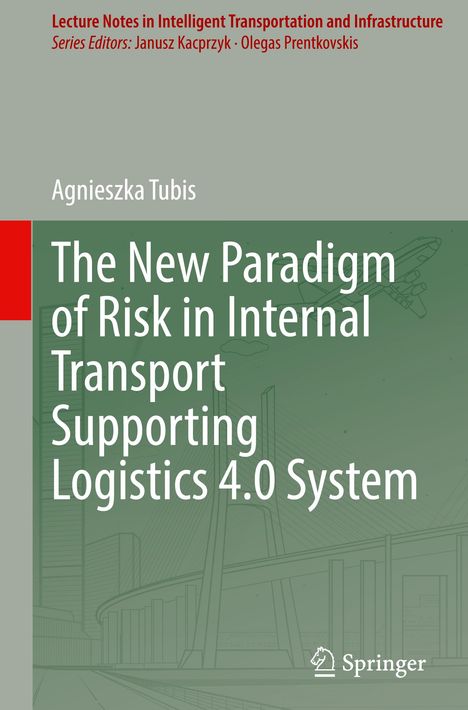Agnieszka Tubis: The New Paradigm of Risk in Internal Transport Supporting Logistics 4.0 System, Gebunden
The New Paradigm of Risk in Internal Transport Supporting Logistics 4.0 System
(soweit verfügbar beim Lieferanten)
- Verlag:
- Springer Nature Switzerland, 07/2024
- Einband:
- Gebunden, HC runder Rücken kaschiert
- Sprache:
- Englisch
- ISBN-13:
- 9783031649196
- Artikelnummer:
- 11931328
- Umfang:
- 252 Seiten
- Nummer der Auflage:
- 2024
- Ausgabe:
- 2024
- Gewicht:
- 593 g
- Maße:
- 241 x 160 mm
- Stärke:
- 19 mm
- Erscheinungstermin:
- 28.7.2024
- Hinweis
-
Achtung: Artikel ist nicht in deutscher Sprache!
Klappentext
This book proposes a new approach to risk assessment in internal transport supporting material flows in the Logistics 4.0 system. The development of Industry 4.0 and the accompanying digitization of processes in organizations cause changes related to the functioning of production and supporting systems. As the research proves, one of the areas of such change is the evolution of the risk occurring in logistics processes. Despite the growing number of publications on risk assessment in Logistics 4.0 systems, the research focuses solely on technical aspects related to the maintenance of cyber-physical systems or organizational issues related to planning the operation of these systems. However, the currently developed Logistics 4.0 systems are complex cyber-human-technical system, requiring an interdisciplinary approach to assessing the risk associated with their operation. The literature research conducted by the author showed a clear research gap regarding risk assessment methods that consider the specific nature of internal logistics systems operating in the Industry 4.0 environment.
The purpose of the monograph is to present current risk assessment methods and indicate process and system changes related to implementing Industry 4.0 solutions in internal transport systems. On this basis, a risk assessment method that perceives internal transport as a complex human-cyber-physical system was proposed. This method was developed based on a critical literature analysis, which allowed to identify the current research gap and the author's research in enterprises implementing Industry 4.0 solutions. Therefore, the results presented in the book are the basis for developing the risk management concept, offering a new body of knowledge regarding activated threats and the evolution of risk occurring in autonomous and automatic internal transport systems. The presented research results are also of utilitarian importance, as they provide analytical tools and formulate conclusions constituting good practices for modern enterprises interested in digitizing and automating logistics processes.


